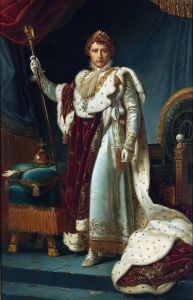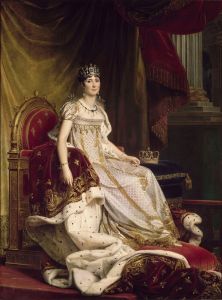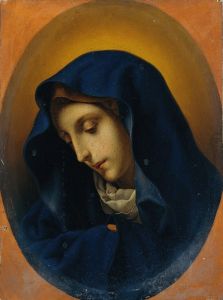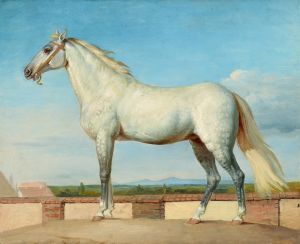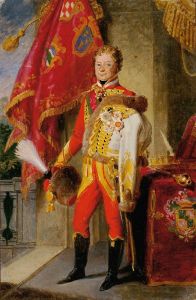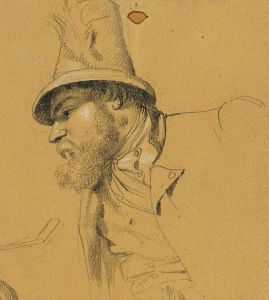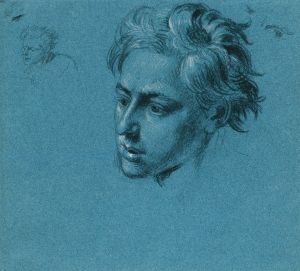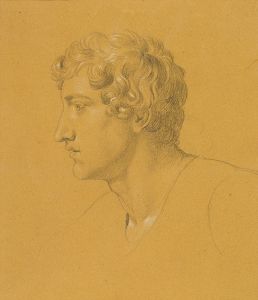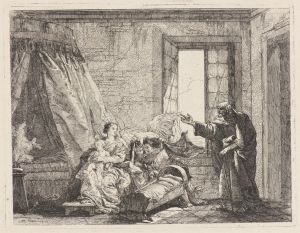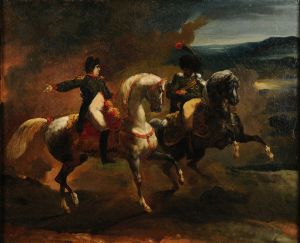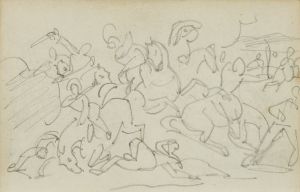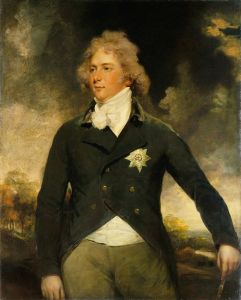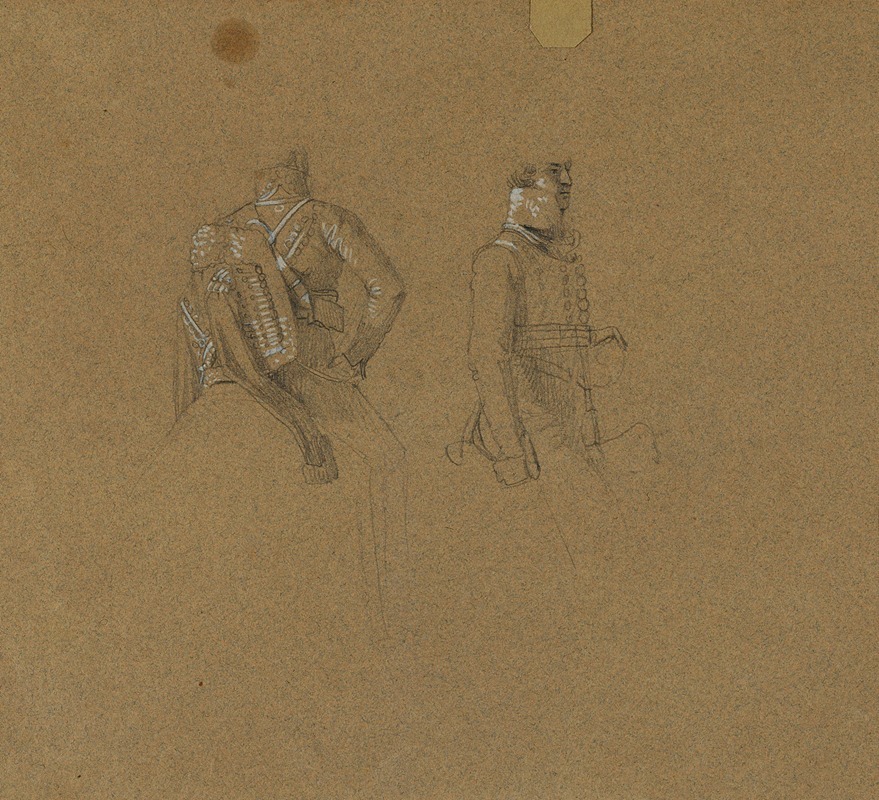
Porträtstudie zu ‘Erzherzog Karl mit seinem Stab in der Schlacht bei Aspern’
A hand-painted replica of Johann Peter Krafft’s masterpiece Porträtstudie zu ‘Erzherzog Karl mit seinem Stab in der Schlacht bei Aspern’, meticulously crafted by professional artists to capture the true essence of the original. Each piece is created with museum-quality canvas and rare mineral pigments, carefully painted by experienced artists with delicate brushstrokes and rich, layered colors to perfectly recreate the texture of the original artwork. Unlike machine-printed reproductions, this hand-painted version brings the painting to life, infused with the artist’s emotions and skill in every stroke. Whether for personal collection or home decoration, it instantly elevates the artistic atmosphere of any space.
Johann Peter Krafft's "Porträtstudie zu ‘Erzherzog Karl mit seinem Stab in der Schlacht bei Aspern’" is a preparatory study for a larger historical painting depicting Archduke Charles of Austria and his staff during the Battle of Aspern-Essling. Krafft, an Austrian painter known for his historical and genre scenes, created this study as part of his work on capturing significant moments in Austrian military history.
The Battle of Aspern-Essling, fought on May 21-22, 1809, was a significant conflict between the forces of the Austrian Empire, led by Archduke Charles, and the French army under the command of Napoleon Bonaparte. This battle marked the first major defeat of Napoleon, as the Austrian forces successfully halted the French advance near Vienna. Archduke Charles emerged as a national hero for his leadership and strategic acumen during this battle, which played a crucial role in boosting Austrian morale.
Krafft's study focuses on the figure of Archduke Charles, capturing his likeness and the demeanor that characterized his leadership. The study likely served as a reference for Krafft's larger composition, allowing him to experiment with the portrayal of the Archduke and the arrangement of figures around him. Such studies were common practice for artists of the time, providing a foundation for the more detailed and expansive final works.
Johann Peter Krafft was born on September 15, 1780, in Hanau, Germany, and later moved to Vienna, where he became an influential figure in the Austrian art scene. He studied at the Academy of Fine Arts in Vienna and further honed his skills in Paris. Krafft's works are noted for their attention to detail and historical accuracy, reflecting the Romantic era's fascination with history and national identity.
In his portrayal of historical events, Krafft often emphasized the heroism and valor of his subjects, aligning with the Romantic ideals of the time. His paintings served not only as artistic expressions but also as visual narratives that celebrated Austrian history and culture. The study of Archduke Charles is a testament to Krafft's dedication to capturing the essence of his subjects and the significance of the events they were involved in.
While the "Porträtstudie zu ‘Erzherzog Karl mit seinem Stab in der Schlacht bei Aspern’" is a preparatory work, it holds value in understanding Krafft's artistic process and the historical context of his larger compositions. The study provides insight into how Krafft approached the depiction of historical figures, balancing realism with the idealized portrayal expected in historical paintings of the period.
Krafft's contributions to Austrian art extend beyond his historical paintings. He also served as a professor and later director at the Academy of Fine Arts in Vienna, influencing a generation of artists. His works remain an important part of Austrian cultural heritage, offering a window into the nation's past and the artistic movements that shaped its visual history.
Overall, Johann Peter Krafft's study for "Erzherzog Karl mit seinem Stab in der Schlacht bei Aspern" exemplifies his skill in portraiture and historical painting, capturing a pivotal moment in Austrian history through the lens of Romantic art.





